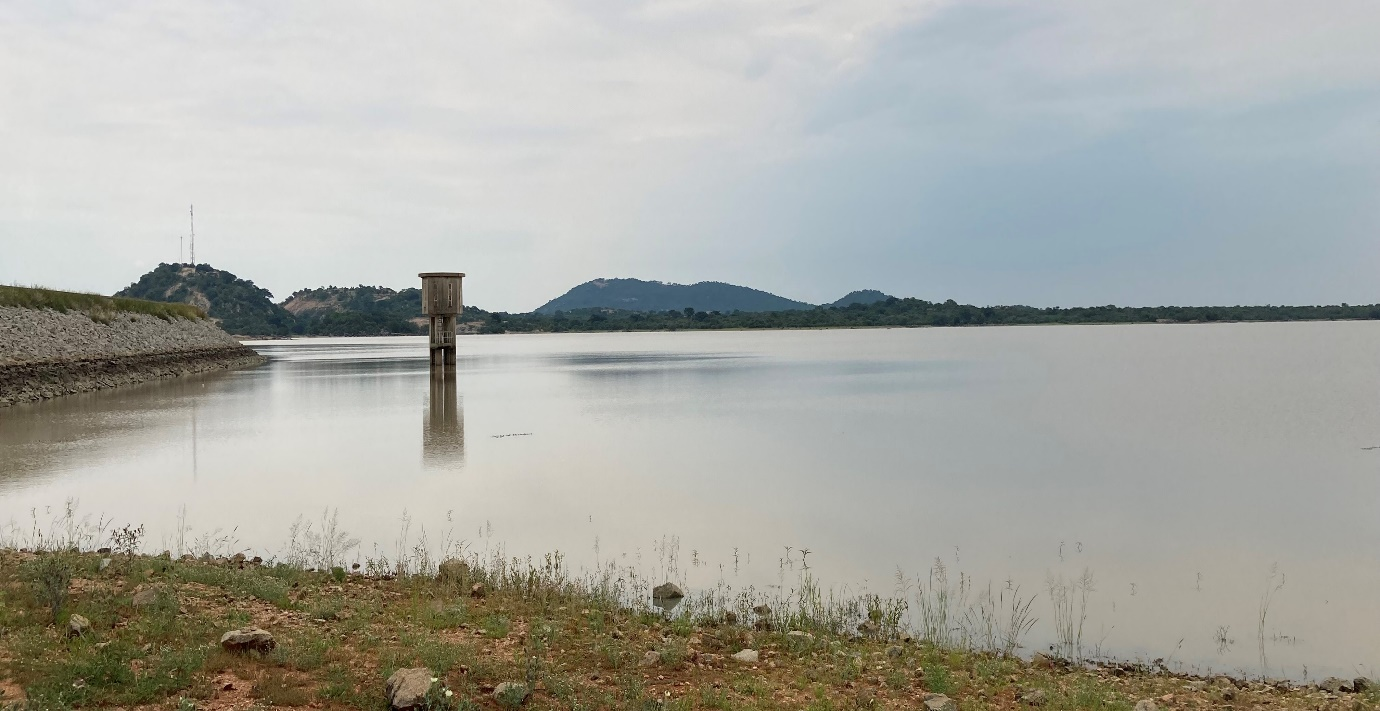The Bulawayo City Council (BCC) needs help in lobbying and advocating for the government to build more dams for Zimbabwe’s second-largest city, as its present dams cannot accommodate the growing rising population.
City authorities claim Bulawayo is unable to build dams due to the 1976 legislation that prohibited local authorities from constructing their own dams, delegating that function to the Zimbabwe National Water Authority (ZINWA), while residents continue to face a stressful water rationing schedule that has left some suburbs without tap water for weeks.
Bulawayo is currently dependent on six supply dams, Insiza Mayfair, Inyankuni, Mtshabezi, Lower Ncema, Upper Ncema and Umzigwane that give water to residents.
Insiza Mayfair was the last dam to be upgraded 47 years ago, and no additional dams have been built since to meet increased demand.
“In the long term we need more water sources as some have pointed out that the city is growing yet the dams are few,” said BCC Chamber Secretary, Sikhangele Zhou, who noted that although the current challenge contributing to the water crisis was the centralised load shedding of power that affected the pump stations, more dams were needed as a long term strategy.
“Yes we expanded the Insiza Mayfair in 1976, not building it, and that’s where the new Water Act then came into effect that said local authorities can no longer build dams. Then the ZINWA ACT gave them (ZINWA) that function to build dams for everyone.”
The chamber secretary said hence BCC must lobby the government to construct more dams.
“As BCC and as the water crisis committee, our call has been on lobbying and advocacy to say, ‘please let’s have more dams built for Bulawayo because the city has grown. The old dams cannot cater for everyone,’” Zhou said.
In March, BCC reactivated its water crisis committee, which is made up of diverse parties tasked with monitoring the water issue, offering alternative solutions, and contributing material, funds, and skills to crisis management.
The major goal of the water crisis is to help alleviate the city’s ‘never-ending’ water problems.
Zhou cited the construction of the Gwayi- Shangani, about 246 kilometres northwest of Bulawayo, as another medium to long-term strategy that the government was working on in response to the city’s water challenges.
“The Gwayi-Shangani dam is an ongoing project but we need bowsers and boreholes for the immediate term and other strategies that people have,” said the chamber secretary.
In 2010, then Bulawayo mayor, Thaba Moyo said the city needed a new supply dam every 10 years to meet demand, noting that water challenges date back to when Bulawayo was granted city status in 1943.

